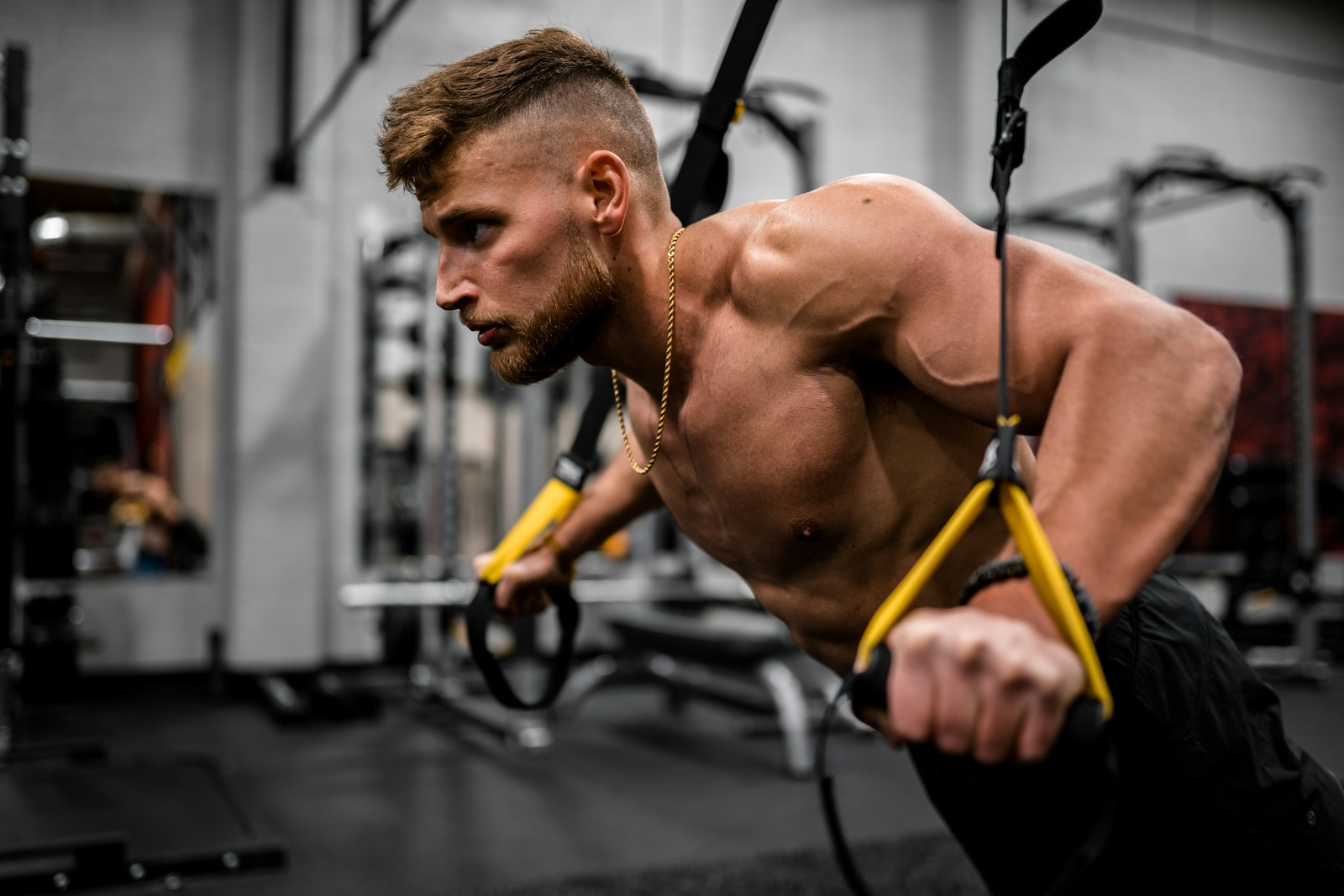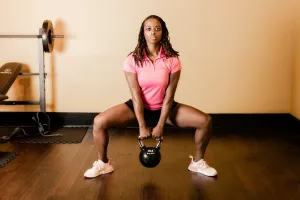Physical fitness is an essential component of overall health and well-being. Knowing whether you are physically fit can help you set realistic fitness goals and monitor your progress toward achieving them. While the journey to fitness is personal and unique, understanding the key components can guide you along the way. Being fit isn’t just about hitting the gym or running a certain distance. It’s about how well your body can handle everyday tasks with ease and efficiency. Let’s dive deeper into the aspects of physical fitness and explore how you can assess and improve each part.
Body Composition
One way to assess your physical fitness level is by looking at your body composition. This includes your body fat percentage, muscle mass, and overall weight. A healthy body composition generally indicates good physical fitness. Monitoring your body fat percentage can help you gauge progress toward reducing excess body fat and building lean muscle mass, which is crucial for overall health and performance in physical activities.
How to Measure Body Composition:
- Skinfold Calipers: These are used to measure the thickness of skinfolds at various points on the body. It’s a simple, cost-effective method that provides estimates of body fat percentage. However, the accuracy can be affected by the skill of the person taking the measurements.
- Bioelectrical Impedance Scales: These scales send a small electrical current through the body to estimate body fat percentage. They’re widely available and easy to use at home, making them a convenient option for regular monitoring. Keep in mind, hydration levels can affect readings, so consistency is key for accurate tracking.
- DEXA Scans: Dual-energy X-ray absorptiometry is a more precise method, often used in clinical settings, providing detailed information about body composition. While more expensive, it offers a comprehensive look at bone density, fat distribution, and muscle mass.
Understanding your body composition can guide you in making appropriate dietary and exercise choices tailored to your individual goals and needs. For instance, if you aim to build muscle, a higher protein intake and resistance training might be beneficial. Conversely, if fat loss is your goal, creating a calorie deficit through diet and increasing cardiovascular activity can be effective strategies.
Cardiovascular Endurance
Another important factor to consider is your cardiovascular endurance. This refers to your ability to sustain physical activity for an extended period. Activities like running, swimming, or cycling can help test your cardiovascular fitness.
Ways to Test Cardiovascular Endurance:
- VO2 Max Test: This measures the maximum amount of oxygen your body can utilize during intense exercise. It’s often done in sports science labs but some fitness watches now estimate VO2 max. Training tips to improve VO2 max include interval training, which involves short bursts of intense activity followed by rest or low-intensity periods.
- The Cooper Test: A simple field test where you run as far as possible in 12 minutes. Your distance can be used to estimate your cardiovascular fitness level. Regularly participating in timed runs can help track improvements over time, offering motivation and benchmarks.
- Step Test: Step up and down on a platform for a set period and then measure heart rate recovery. This can indicate how well your heart and lungs are functioning. Performing this test periodically can help you see how quickly your body recovers after exercise, a sign of improved cardiovascular health.
Assessing your cardiovascular endurance can help you determine your cardiovascular health status and work towards improving your cardiovascular fitness through regular aerobic exercises. It is not only beneficial for overall fitness but also has positive effects on heart health, stamina, and energy levels, allowing you to engage in daily activities with ease.
Strength and Muscle Endurance
Strength and muscle endurance are also key indicators of physical fitness. Performing exercises that target different muscle groups, such as weightlifting or bodyweight exercises, can help assess your strength levels.
Strength Testing Methods:
- One-Repetition Maximum (1RM): The maximum weight you can lift for one repetition of a given exercise, like a bench press or squat, can indicate your strength level. To safely test your 1RM, ensure you have a spotter and warm up adequately to prevent injury.
- Push-Up Test: Count how many push-ups you can perform in a minute. This tests both upper body strength and endurance. To see improvements, incorporate variations like incline push-ups or adding resistance with a weight vest.
- Plank Hold Test: Measure how long you can hold a plank position. This engages core muscles and provides insight into core strength and endurance. Challenge yourself by trying side planks or adding leg lifts for increased difficulty.
Strength training not only enhances muscle strength but also improves muscle endurance, which is essential for performing daily tasks and preventing injuries. By incorporating a variety of strength-training exercises into your fitness routine, you can build a strong and resilient body that supports overall physical health and functional movement patterns.
Flexibility
Flexibility is often overlooked but plays a crucial role in overall physical fitness. Stretching exercises can help determine your flexibility levels and prevent injuries during physical activities.
Improving Flexibility:
- Regular Stretching: Incorporate static stretches, where you hold a position for 15-30 seconds, after workouts to improve flexibility. Focus on all major muscle groups, and don’t rush the process—over time, you’ll notice increased range of motion.
- Yoga and Pilates: These practices emphasize flexibility, balance, and core strength, contributing to overall fitness. Classes or online videos can guide you through movements that gently stretch and strengthen your body.
- Dynamic Stretching: Perform movements that gently take you through a range of motion before workouts to prepare muscles and joints. Examples include leg swings, arm circles, and torso twists, which can help prevent injuries and improve performance.
Improving flexibility through regular stretching routines can enhance joint mobility, reduce muscle stiffness, and improve overall posture and movement efficiency. Flexibility training is an integral part of a well-rounded fitness regimen that promotes better performance, reduces the risk of injuries, and supports overall musculoskeletal health.
Functional Movement
Lastly, evaluating your functional movement patterns can provide insight into your physical fitness. Functional movements mimic real-life activities and assess your body’s ability to perform everyday tasks efficiently.
Assessing Functional Movement:
- Functional Movement Screen (FMS): This screening tool assesses seven fundamental movement patterns and can identify areas of weakness or imbalance. It’s a great way to tailor your fitness program to address specific needs and improve overall function.
- Balance Tests: Simple tests like standing on one leg with eyes closed can provide insights into balance and coordination. Practice this regularly, and consider incorporating balance boards or stability balls to enhance your balance further.
- Mobility Drills: Incorporate exercises like lunges, squats, and rotational movements to assess and improve mobility. These movements not only enhance flexibility but also improve strength and coordination, contributing to better functional fitness.
By focusing on functional movements that involve multiple muscle groups and joints working together, you can build functional strength, coordination, and balance, translating into improved performance in everyday activities and sports. Assessing and improving your functional movement patterns can enhance overall physical fitness, reduce the risk of injuries, and enhance your quality of life.
Additional Considerations
Nutrition and Hydration
A balanced diet is vital for physical fitness. Eating a variety of nutrients supports energy levels, muscle repair, and overall health. Proper hydration is equally important, as it helps regulate body temperature and maintain optimal function.
- Macronutrients: Ensure a balance of carbohydrates, proteins, and fats in your diet. Carbohydrates provide energy for workouts, protein supports muscle repair and growth, and healthy fats aid in hormone production and nutrient absorption.
- Hydration: Aim to drink at least 8 cups of water daily, more if you’re physically active. Hydration needs can vary based on activity level, climate, and individual differences, so listen to your body’s signals and adjust accordingly.
Rest and Recovery
Rest is as crucial as exercise. It allows your body to repair and grow stronger.
- Sleep: Aim for 7-9 hours of quality sleep per night. Sleep is when your body repairs tissues, builds muscle, and releases hormones essential for recovery. Creating a bedtime routine can help improve sleep quality, such as reducing screen time before bed and keeping a consistent sleep schedule.
- Active Recovery: Engage in low-intensity activities like walking or swimming on rest days to promote blood flow and recovery. These activities can help reduce soreness and improve flexibility without putting stress on your body.
Common Mistakes and How to Avoid Them
- Overtraining: More isn’t always better. Balance intense workouts with rest days to avoid burnout and injuries. Listen to your body and modify your workouts if you feel excessive fatigue or soreness.
- Neglecting Warm-Ups: Always start with a warm-up to prepare your body for exercise and reduce injury risk. A good warm-up includes light cardio and dynamic stretches that mimic the movements you’ll perform in your workout.
- Ignoring Pain: No pain, no gain isn’t accurate. Listen to your body and seek medical advice if you experience persistent pain. Addressing issues early can prevent more serious injuries and keep you on track with your fitness goals.
Creating a Balanced Fitness Plan
Developing a plan that incorporates all aspects of fitness can lead to more sustainable results.
- Set SMART Goals: Specific, Measurable, Achievable, Relevant, Time-bound goals help maintain focus and motivation. For example, aiming to increase your plank hold time by 30 seconds in six weeks is a clear, achievable goal.
- Variety: Mix up workouts to cover strength, endurance, flexibility, and functional movements. This not only prevents boredom but also ensures that you’re developing a balanced fitness level.
- Track Progress: Use apps or journals to track workouts and progress, helping you stay accountable and motivated. Review your progress regularly and adjust your plan as needed to continue challenging yourself and achieving your goals.
By considering all these factors and regularly monitoring your progress, you can get a comprehensive understanding of your physical fitness level and make informed decisions about your fitness journey. Embrace the process, seek guidance when needed, and celebrate your milestones along the way. Remember, fitness is a lifelong journey, not a destination, and the key is to enjoy the path you choose to take.




